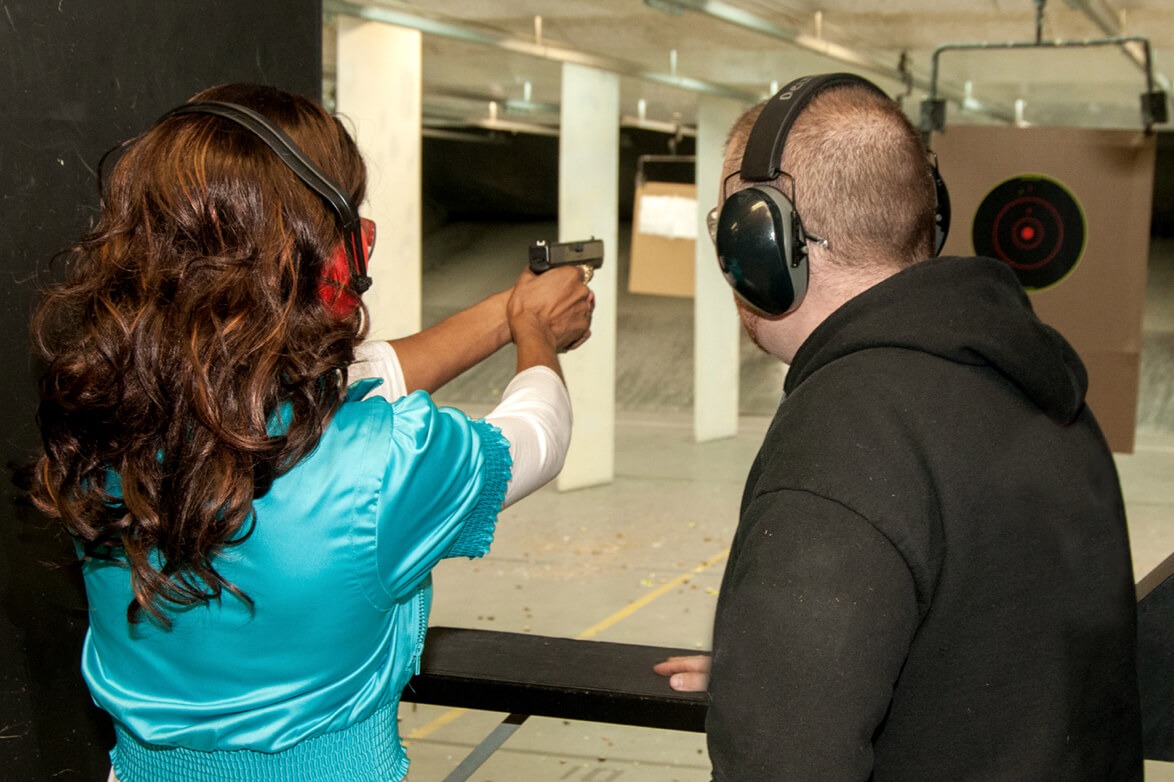 Back to News
Back to News
September 11, 2018
FFL Disaster Preparedness Plan — It’s Never too Early to Be Ready!
Severe weather and other natural disasters have become all too common — and too often businesses aren’t prepared to respond appropriately when extreme conditions emerge. Statistics show that when businesses close due to a disaster, 25 percent never reopen. As they say, an ounce of prevention is worth a pound of cure, and taking precautions before a crisis occurs is easier than doing a lot of fixing afterward.
As a business owner, you need to do all you can to safeguard your business and assets so you can expedite recovery and re-open as soon as possible.
No one wants to think about these things. Nor do we want to think about hurricanes, tornadoes, building fires or earthquakes, let alone a burglary of your store or a hacking of your computer system. But other than having your insurance premium paid up, are you prepared for any of these disasters? Are your A&D records safe? What will happen to your inventory, your customer lists and your boxes of completed 4473 forms?
Firearms and Ammunition Concerns
A major component of your plan should include having the capability to safeguard and protect your firearms inventory, ammunition and records. In the event you’ll be moving inventory or records to an alternate location, you must contact your local ATF field office to let them know and gain additional guidance you may need.
In the face of a disaster, it’s crucial that you have an accurate inventory and up-to-date records. These will be vital to assisting law enforcement and establishing losses for insurance purposes. Of course, that also means you’ll want to review your insurance policies regularly and understand the weather event damages covered by your policy. Most policies do not cover floods and other natural disasters, so if your area is particularly prone to such disasters, consider policy enhancements to address those shortfalls, including reimbursement for business disruption in addition to physical losses. Keep all of your insurance policies, important documents and other valuables in a safe, secure location, with copies in a secure secondary location.
Bottom line, you need a disaster plan, whether your disaster is singular to your store or global to your community and region. Having been a part of disasters and planning, here are some field-tested ideas for consideration when building your disaster plan.
-
Form a disaster planning team.
- Senior leadership from your store/company
- For deciding what items are included in the plan.
- Keeping the team on task.
- Securing A&D records.
- To conduct physical inventory.
- For updating A&D records as needed.
- To contact vendors to temporarily stop shipments.
- Human resources
- Checking in with employees, verifying who is okay, as well as who is willing and can respond to the business if needed.
- Have a plan to respond appropriately to questions such as “Do employees get paid after the disaster and when the store is closed.”
- Be prepared to help employees file for unemployment.
- IT
- Maintain a copy of your electronic records offsite and create a plan to update that data regularly. Stored data should be tested to make sure it can be recovered from offsite locations in a usable condition.
- Keep a list of employees and their contact information offsite.
- Other offsite records should include copies of your insurance, business license, tax ID and passwords for any critical services.
- A copy of your disaster recovery plan will need to be stored offsite in addition to the others on this list. This plan should be evaluated and tested periodically with all key stakeholders involved to make sure the plan covers all contingencies.
- Legal
- There will be questions about leases and other legal obligations if the doors are closed due to a disaster.
- You may need to negotiate a new lease if your current location becomes uninhabitable.
- There will be questions about insurance payouts, possible workman’s compensation claims and compliance issues in the face of lost records and firearms inventory.
- Accounting
- Creating a temporary bookkeeping plan.
- Establishing the condition of records, invoices, payables, etc.
- Contacting lenders.
- Security
- Securing the property after the disaster.
- Assist with conducting inventory.
- Public Relations
- Handle inquiries from media.
- Provide a statement for customers while the store is temporarily closed and if the business closes permanently.
- Handle announcements regarding reopening events.
- Insurance company
- Know and understand your policy coverages and deductibles, especially how this will change for “NAMED” storms.
- Understand the process of filing claims and handling losses.
- ATF
- You may need a variance to move business and firearms to a new location.
- See ATF Publication 3317.7 Disaster Preparedness for Federal Firearms Licensees for guidance.
- Local Police
- As the store owner, you will need a full understanding of expectations and services the police will be able to provide during/after a disaster.
- Senior leadership from your store/company
-
Prepare a plan for each type of disaster.
Notice that many of these ideas listed below are interchangeable between disaster types. Also, this is not meant to be an all-inclusive list; you will need to determine what is best for your business.
- Fire
- Fire extinguishing training with store staff.
- Determining extent of the damage.
- Expectations for having the building turned back over to your control once arson is ruled out by authorities.
- Conducting inventory at the earliest opportunity.
- Boarding up or servicing or replacing doors and glass as needed.
- Ordering replacement inventory.
- Tornado
- Training for store staff regarding when and where to take cover with customers if this weather occurs during store hours.
- Determining when the building is safe to reenter after the disaster has passed (this may be at the discretion of law enforcement).
- Hurricane/Flooding/Blizzard
- Knowing when to evacuate staff and customers.
- Securing firearms, including when and where.
- Oiling firearms prior to storage to prevent rust in the humid environment of a hurricane.
- Looting/Civil Disobedience
- Knowing when to evacuate staff and customers.
- Notifying law enforcement.
As you build your disaster plan, you should leave room for it to grow and your plan should be reviewed and tested by your team at least annually. In the event you must put the plan into action, you will be thankful you took the time to carefully and thoroughly prepare in advance.
- Fire
Additional Resources
If you don’t have a plan in place, support is available through NSSF, ATF and the Department of Homeland Security. You’ll also find the following links helpful:
- ATF Disaster Preparedness for Federal Firearms Licensees
- ATF Publication 3317.7
- gov – Be Informed / Severe Weather
- Insurance Institute for Business & Home Safety
- Open For Business Toolkit
- The Easy Way To Prepare Your Business For The Unexpected
- gov – Preparedness Planning for Your Business
You may also be interested in: Wildfire Preparedness for Federal Firearms Licensees
Categories: BP Item, Featured, Manufacturers, Ranges, Retailers, Safety, Top Stories









